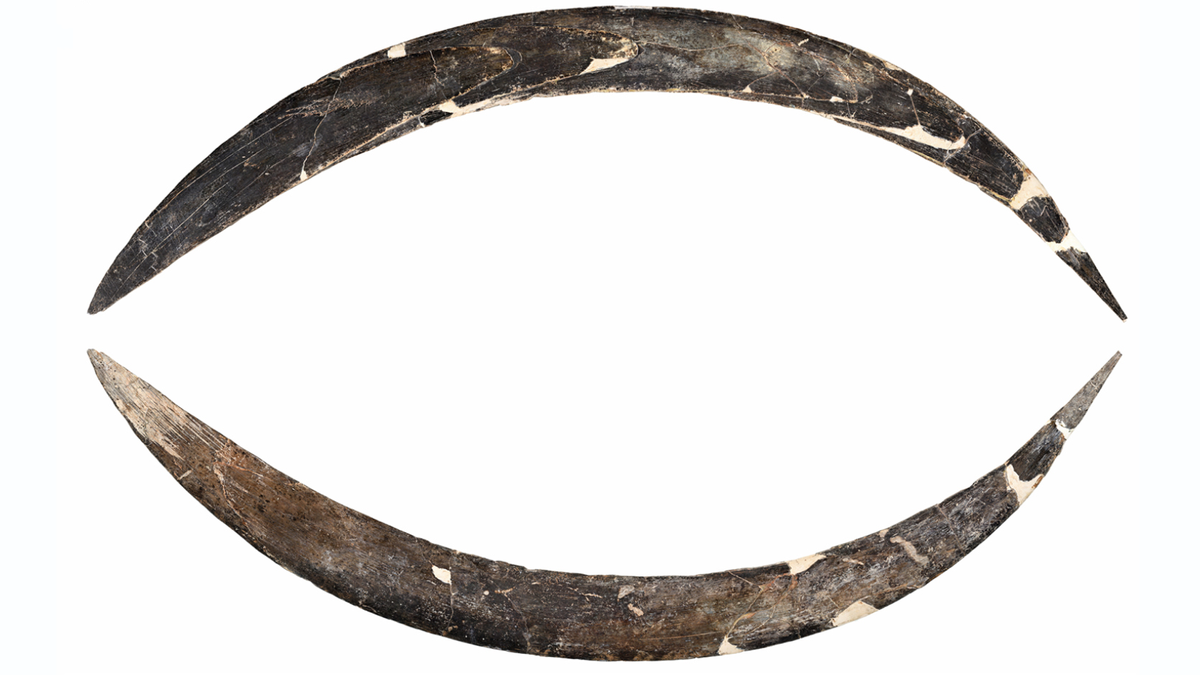Now Reading: 40,000-Year-Old Mammoth Tusk Boomerang May Be World’s Oldest
-
01
40,000-Year-Old Mammoth Tusk Boomerang May Be World’s Oldest
40,000-Year-Old Mammoth Tusk Boomerang May Be World’s Oldest

Rapid Summary:
- Artifact Discovery: A mammoth tusk boomerang discovered in Obłazowa Cave, Poland, is 40,000 years old, making it potentially the world’s oldest known boomerang.
- Features: The ivory object closely resembles non-returning Aboriginal boomerangs found in Queensland, Australia.
- Associated Finds: The artifact was uncovered alongside ocher-covered human bones, pendants made of fox fangs, adn stone blade tools.
- Dating Analysis: Initial carbon dating suggested it was 18,000 years old but later analyses adjusted its age to between 42,365 and 39,355 years ago. Radiocarbon modeling points to its manufacture during the Upper Paleolithic period.
- Meaning: Researchers highlight this as evidence of advanced technical skills and cognitive abilities demonstrated by early modern humans (Homo sapiens).
- Comparison with Global Evidence: Other throwing sticks date back as far as 300,000 years (e.g., northern Germany), but classic Aboriginal-style designs originate around 20,000 years ago.
Indian Opinion Analysis:
The discovery of this ancient mammoth-tusk boomerang provides a profound insight into the technological evolution of early humans. While not directly linked to India’s archaeological landscape or history-where meaningful Paleolithic finds like Bhimbetka exist-it emphasizes universal advancements in tool-making among Homo sapiens. This artifact demonstrates how early humans adapted local resources (e.g., mammoth ivory) for complex purposes like hunting. Such findings enrich our understanding globally and indirectly raise questions about India’s potential unexplored prehistoric ingenuity.
India is home to vast cultural layers from the earliest Stone Age periods onward; discoveries like these serve as inspiration for deeper exploration within Indian geology and prehistory. They remind us that ancient communities worldwide shared certain developmental trajectories despite regional differences.Read More: https://www.livescience.com/archaeology/40-000-year-old-mammoth-tusk-boomerang-is-oldest-in-europe-and-possibly-the-world

























